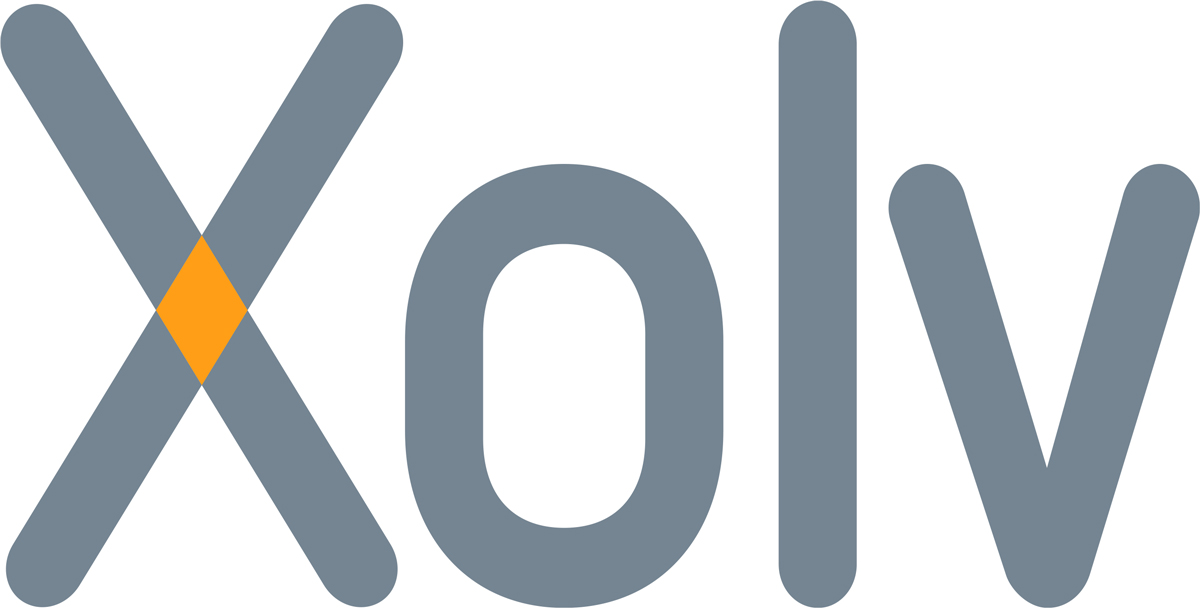The 5 variants offered by factoring companies in the Netherlands
1. Full Factoring
Also called Old Line factoring, it is the most traditional factoring and also the most complete factoring variant. Here, the factoring company provides financing, takes over the debtor risk and also takes care of the collection and monitoring of the debtor portfolio. The company limits itself to delivering the product or service. After sending and pledging the invoice, the factoring company takes over. Should the buyer prove unable to pay the invoice, the risk is for the factoring company. This obviously does not apply if the buyer does not want to pay in case of a dispute. This variant is also sometimes referred to as non-recourse factoring, but since in the Netherlands we work with silent factoring, which does not involve buying the receivables, this is not entirely correct.
2. Commercial Financing
Also known as invoice discounting. The main difference with Full Factoring is that here the company itself is responsible for debtor management. This is usually accompanied by a transfer of the debtor risk (credit insurance), but this variant is also possible without this transfer. This depends on the company's own financial position.
3. American Factoring
The above variants involve financing the entire debtor portfolio for a predetermined minimum period of often 1 year. These forms are therefore also more suitable for larger companies with a minimum annual turnover between €1 and €3 million. Not all companies need continuous high financing, but only periodically have additional credit needs. For this, American Factoring is suitable. Here, it is possible to sell individual invoices. This makes this form ideally suited to make factoring accessible to small businesses. For example, the company can keep the invoices with short payment terms itself, but sell the invoices of debtors with payment terms of, say, 45 or 60 days to the factoring company. The factor company immediately pays out up to 100% of the invoice amount including VAT. The disadvantage is that the factoring company has to check the buyers at all times and, in some cases, they have to accept the invoice for approval. American Factoring is considerably more expensive than the first two variants, but this is offset by the high instant payout and flexibility. This makes American Factoring the fastest-growing variant in recent years.

4. Reverse Factoring
As the name suggests, this is a reverse way of factoring. Here, it is not about financing the receivables the company has on its customers, but rather transferring the receivables the suppliers have on the company. This form of factoring is particularly suitable for larger companies with many smaller suppliers. The suppliers transfer their receivables from the company to the factoring company and get paid immediately. The company itself does not have to pay the factoring company until much later. As a result, this form improves the working capital position of both the supplier and the company itself. Because the company approves the invoices in advance, the risk for the factor company is small. As a result, the cost of this form is low and the supplier and company often pay it together. Because several parties in the business chain benefit from this form of factoring, people also use the term Supply Chain Finance.
5. Procurement finance
Although this is not really a form of factoring, we mention it here. This is because it is very close to factoring and we often use it in that combination. With purchase financing, the financing starts one step earlier than with the invoice. This form of financing is particularly suitable for trading companies that purchase their goods from a limited number of (foreign) suppliers. Since these suppliers are usually the manufacturers, they do not want to run any debtor risk and therefore require payment of the invoice before shipping the goods. The financing company that pre-finances the purchases does so on the basis of the company's order book. The condition is that most of the purchases have been pre-sold. The financier pays the supplier on behalf of the company and the company repays the financier after it has received and delivered the goods to its customers. Hence, procurement financing is usually accompanied by factoring. This can be with the same financier or with two different suppliers. It is a fairly laborious form of financing and is therefore suitable for larger companies (> €10 million turnover) with a good financial position.
We have listed here the main variants of factoring. As the article shows, factoring is suitable for small, medium-sized as well as large companies. In addition, intermediate forms are also possible.
Want to know more?
If you want to know whether factoring is right for your business, contact us without any obligation. Or read in this article about the 4 biggest misconceptions About factoring. Read this article if you have the question: what costs do you incur when factoring.



